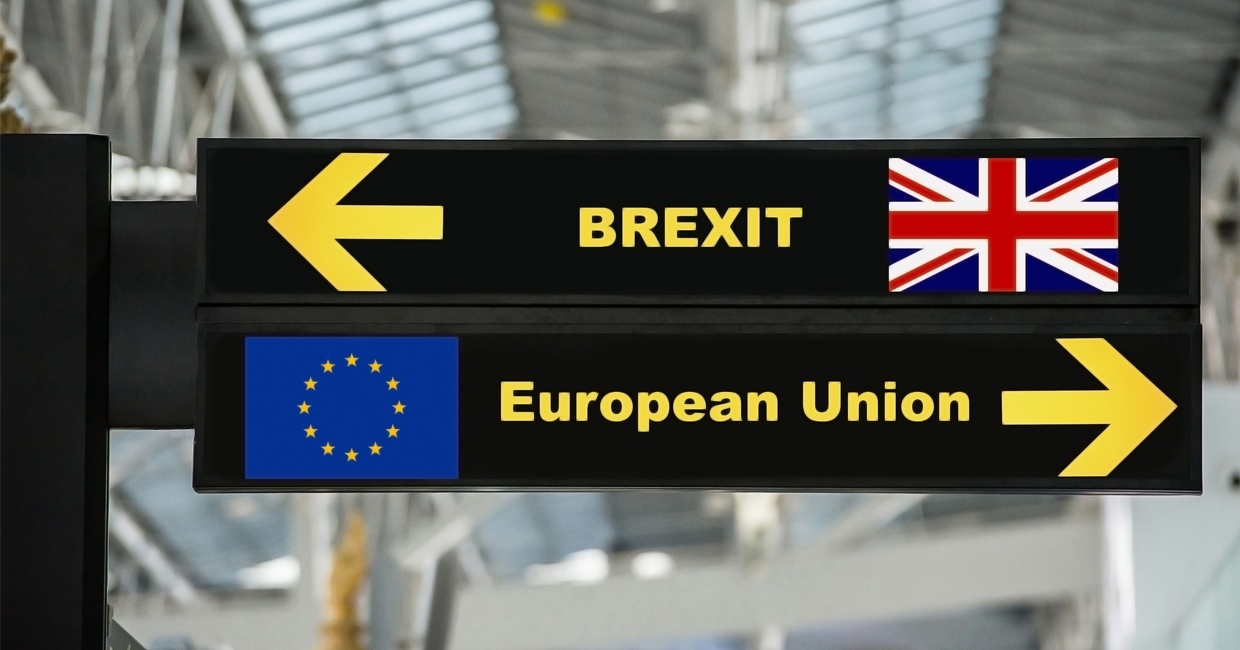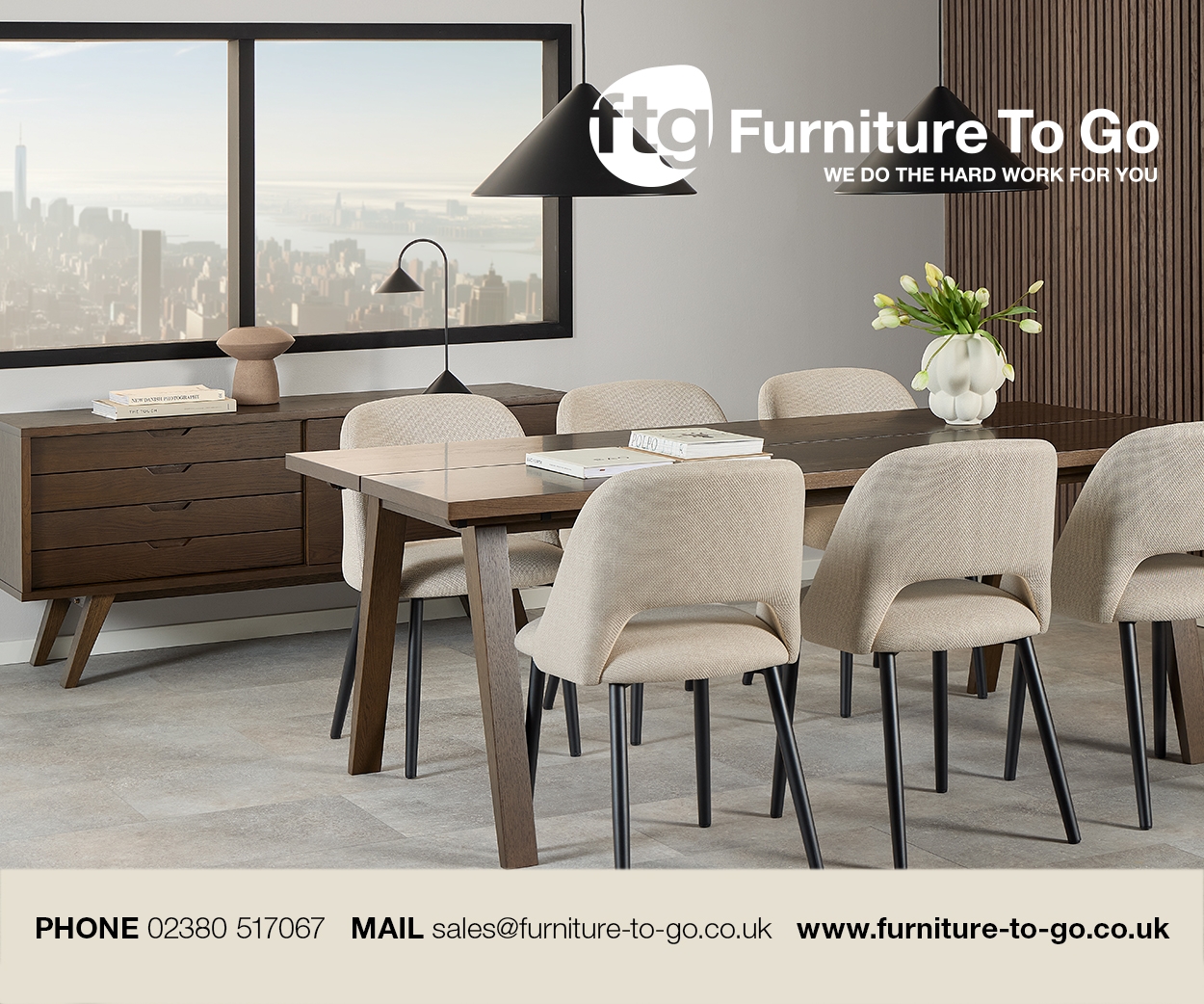In this article, Dalia Lasaite, CEO of CGTrader, explains how innovative technologies will be even more essential for retailers if and when Britain exits the EU …
It’s no secret that retailers in the UK are facing challenging times ahead, with the decline of the high street, the rise of ecommerce and an uncertain political landscape.
For British retailers, Brexit presents a number of challenges, whether the UK leaves with or without a deal. The loss of frictionless trade, combined with a possible decrease in consumer demand, means retailers will have to differentiate more than ever to improve their customers’ experience and remain competitive.
Whatever kind of Brexit the UK goes through, it’s common knowledge that businesses with any kind of ties to the bloc will be affected. Retail is one of the sectors that will be hit hardest, given that thousands of businesses either export to the EU or have elements of their supply chain within member states. The reverse of this is true for retailers inside the bloc – they will also be affected by the UK’s exit.
Leading lights of UK retail have echoed this view. In June 2019 the chief executive of the British Retail Consortium (BRC), Helen Dickinson, stated that tariffs on some goods, as well as delays at the border, would all contribute to higher prices and a reduced selection for consumers.
Essentially, it will be more difficult for retailers to provide a wide range of goods and services at a low cost. This is clearly of concern for many retailers, exemplified in a study conducted by retail software firm, Brightpearl, who found that 71% of UK retailers think that Brexit is having a damaging impact on the retail sector, while 81% are concerned about the effect it will have on their business in the future.
Within the sector, DFS released a report in October 2018, expressing concerns that Brexit could lead to border delays, increased regulatory burden, the imposition of tariffs and declining consumer demand, which would all affect the group’s ability to provide products on time and at competitive prices.
Brexit’s impact
It would seem that retailers’ concerns for the future of their market are well founded, given recent revelations on the risks that Brexit poses to UK businesses. Only a few months ago, a Government dossier was leaked relating to its Brexit contingency plan – Operation Yellow-Hammer. The dossier suggested that heavy goods vehicles (HGVs) could face a maximum delay of two-and-a-half days before being able to cross the border. The implication is that without the customs union in place, trade would be seriously disturbed.
In addition to this, there is a serious risk that there will be a decline in consumer spending, as economists fear that the UK could fall into a recession after Brexit day.
In Q2 2019, the economy shrank for the first time in seven years.Furthermore, all-round retail sales have slumped, with leading UK vendors reporting significant losses in profits earlier in the year. Unless the UK can secure frictionless trade with the EU, it will be more expensive for businesses to operate, which unfortunately could lead to widespread lay-offs and decreasing wages.
The fear for retailers is thus that there will be lower levels of consumer spending, making the retail sector a far more competitive space as businesses scramble to secure the smaller pool of custom.
Mitigating that impact
All things considered, the retail sector is clearly facing some sizeable challenges in the months and years to come. Speaking to some of our retail customers, they are all preparing for these eventualities, with many exploring new methods to ensure they remain competitive and mitigate factors that could result in a downturn in profitability and consumer demand.
In fact, Deloitte have sought to help businesses in a recent report, recommending that retailers should create more engagement with consumers to keep up with changing behaviours. According to Deloitte, there must be greater understanding of the value of the customer base, and customers should be guided through the customer journey.
Businesses need to differentiate further to generate adequate profit margins, while innovation should be focused on reducing costs and driving profitability – which means reducing store costs and overheads. All in all, the key takeaway is that retailers need to create a more immersive and differentiated experience, while keeping costs low.
There is a range of innovative technologies that can enable retailers to differentiate and streamline the customer journey. With technology forming such an integral part of people’s lives, it is possible for business owners to capitalise on this in a way that makes it far easier for consumers to buy into their products.
Accessible inventory data
In a recent study conducted by YouGov and retail software firm Cybertill, the company’s CEO, Ian Tomlinson, found that 73% of Brits prefer going to bricks-and-mortar shops because they can purchase a product without having to wait for delivery. Ian states that 44% of respondents said that they would use technology that provides realtime product availability of items in-store. Of Generation Z customers (aged 18-24), 59% would use a mobile app offering realtime stock information from a nearby shop.
This demonstrates that shoppers are more likely to purchase from shops where they will be guaranteed to get the product they want. As a result, developing accessible inventory data for a retailer’s website offers a good way of developing the customer journey in a way that responds to consumer demands. Implementing visible stock data is straightforward and, in most cases, simply comes down to regular stock takes and ensuring that data is updated whenever purchases are made.
AI and machine learning
Investing further in AI and machine learning can also help bring retailers closer to consumer needs. Not only does it make recommendations to customers and upsell, but the innovative technology also creates a more streamlined web shopping experience on ecommerce sites.
By using data from previous customer purchases and viewed products, retailers can implement a sales recommendations engine, which gives bespoke, tailored product suggestions to customers. These engines are extremely effective – given that Amazon receives 55% of its total sales from recommendations.
Recommendation engines can also be used to generate automatic preference suggestions, such as what colour product customers should purchase. Importantly, this can support retailers in achieving greater differentiation and improving the customer journey –critical in a post-Brexit market.
Augmented Reality (AR)
Despite the common assumption that AR is something of a costly gimmick, it actually offers a cost-effective and effective method for retailers to improve the customer journey. AR allows shoppers to accurately visualise products in 3D, providing them with a 360° view of goods in their natural environment. This is especially useful in the furniture market, a sector in which people can place an item in a room to see how it will look.
High levels of detail and good-quality textures mean shoppers will be able to view 3D models which bear a lifelike resemblance to real products. AR not only creates a unique and in-depth shopping experience, but also improves buyer confidence and sales conversions for retailers. Consumers can see and experience what products will look like before buying.
According to consumer research firm Retail Perceptions, 71% of consumers would shop at a retailer more often if they offered AR, and 40% would be willing to pay more for a product if they could experience it through AR. This data is reflected in the success of IKEA’s AR furniture app, which was downloaded two million times and boosted visits to the firm’s website to 2.3 billion in 2017.
The ability to experience products before buying them can also minimise customer returns, which invariably costs retailers in terms of logistics and labour at depots. With consumers much more confident during the buying decision process, they are more likely to buy right first time.
In addition, if they can effectively ‘try them’ first via AR, consumers would be less inclined to purchase multiple products just to try them with the intention of returning those they don’t want to keep. In a Brexit scenario, finding ways to minimise returns will be vital for retailers importing or exporting goods to and from the EU – especially when the UK no longer has frictionless trade with the EU, as sending goods back and forth will take far longer at borders.
While the result of Brexit is far from clear, it is essential that retailers reinforce their service offering to prepare for the worst-case scenario. Whether it’s deal or no-deal, it is clear that Brexit poses significant challenges for the UK retail sector in terms of declining consumer demand and potentially stagnant border customs.
With the ever-growing consumer shift from bricks-and-mortar to ecommerce, there’s no doubt these innovative technologies can help retailers bolster their business –whether that’s by improving the customer experience and differentiating their brand, reducing operating expenses or increasing sales conversions.
What you can guarantee is that those who don’t adapt to an increasingly unpredictable and challenging retail environment may find themselves sinking rather than swimming.
Dalia Lasaite is the CEO of CGTrader, a 3D content solutions provider for ecommerce.








